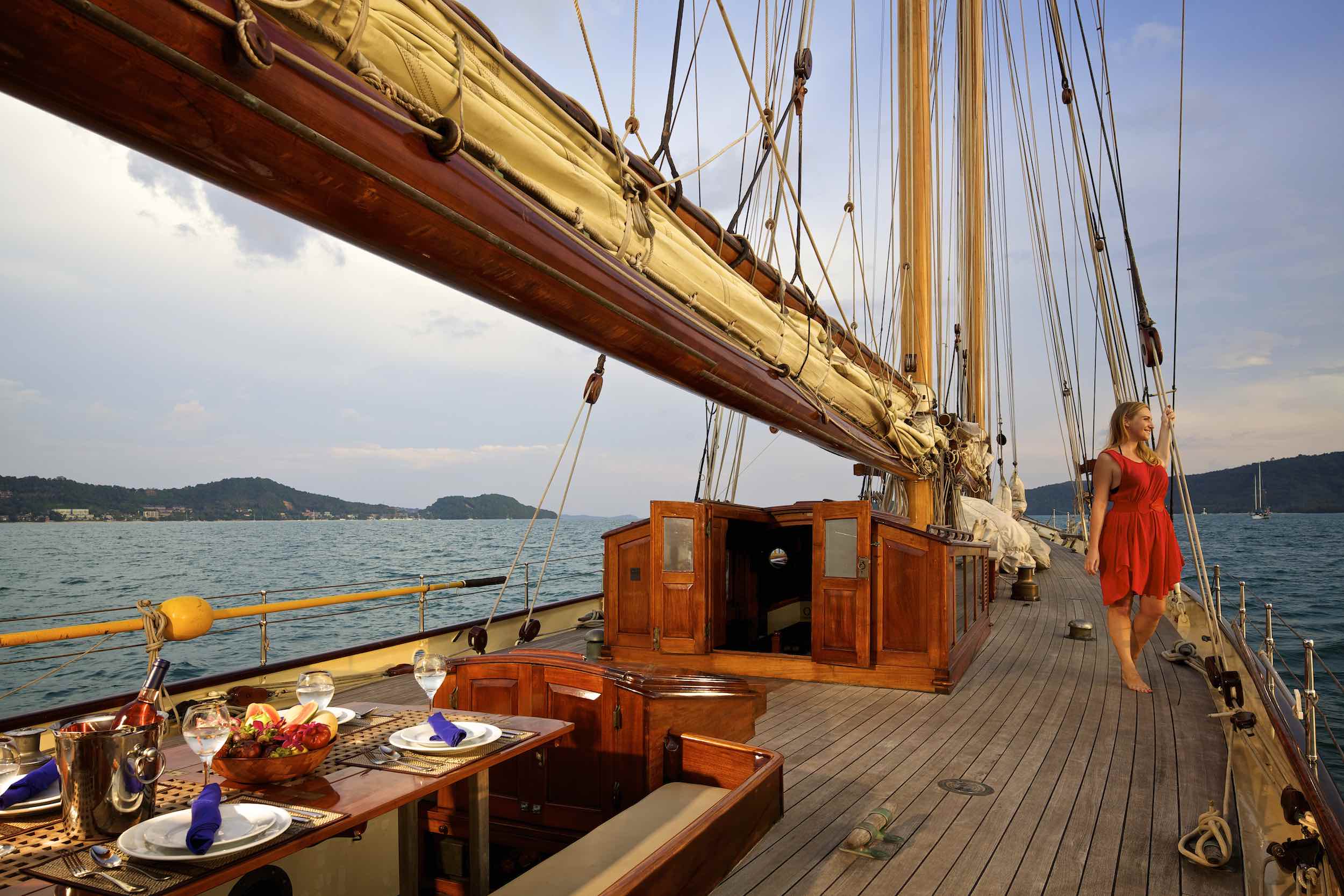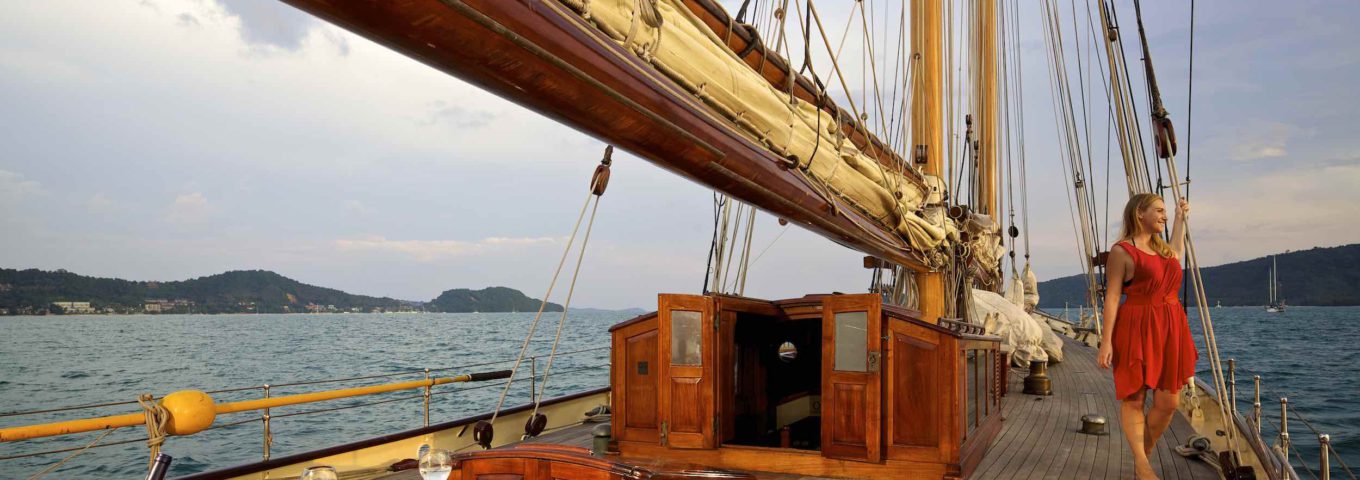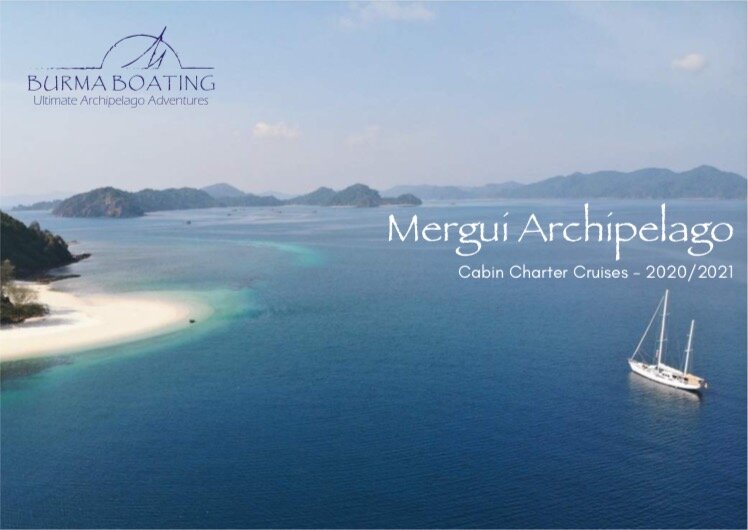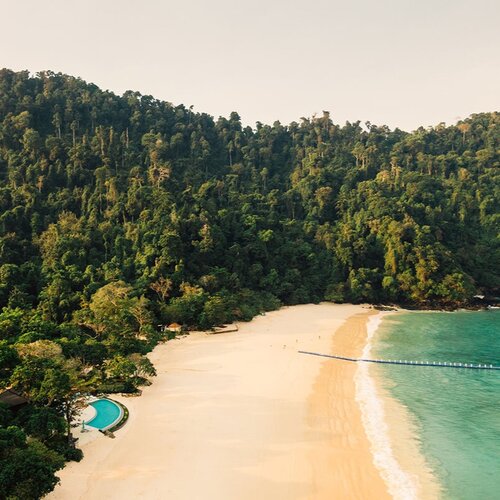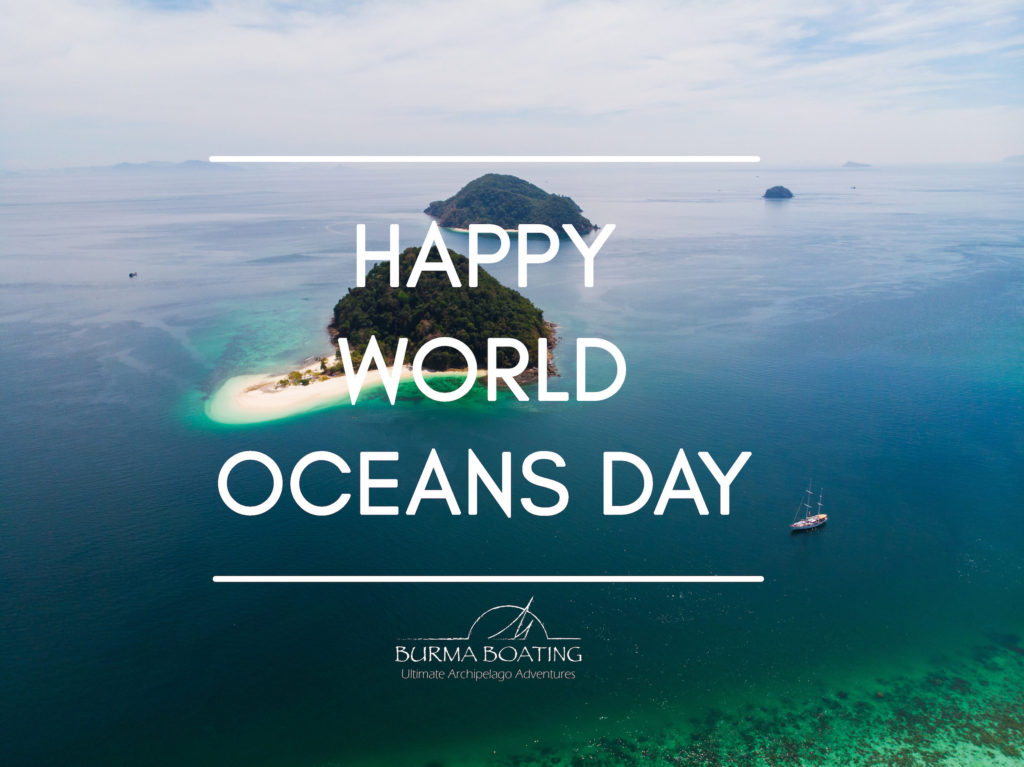Read More about SY Sunshine’s History
Read More about SY Sunshine’s History
December 25, 2015 in Sunshine
The schooner SY Sunshine is the third ‘sister’ built to the design drawn up by the famous naval architect William Fife Jun. in 1900. The original Sunshine (1900) – and its first sister ship “Asthore” (1902) – were built by the Fifes at their yard in Fairlie. Both vessls changed names several times, with Asthore also being called Sunshine for a long while. The original Sunshine was built for a local gentleman, Glen F. McAndrew of Largs Castle in Scotland, whose house was close by the Fairlie yard. In 1906 she was in the possession of the Portuguese Royal family, during which time she was called “Maris Stellis”. These schooners were predecessors of the legendary yachts “Susanne” and “Cicely”.

In 1901, Yachting World published an article about the launch of the schooner Sunshine:
“She was designed by William Fife Jun. and while intended for a cruiser, she looks, with her long overhangs, small but powerful underwater body, strong and well turned bilge, and extremely roomy deck, every inch a modern racer. While Sunshine is not exactly like any boat ever designed by Mr. Fife, in the absence of a drawing it will give a pretty fair idea of her to say that she is an enlarged and improved edition of those pretty and speedy little schooners Helen and Geisha , which were built at Fairlie a few years ago. Sunshine is a very handsome boat and cannot fail to be a speedy one.”
Construction of the reborn Sunshine began in late 1999. She was launched in 2003 and then shifted to the fitting-out-berth. In October 2004, the Myanmar Shipyards officially handed her over at a gracious ceremony fit for a super tanker and away she sailed for a maiden cruise through the spectacular uninhabited islands of the Mergui Archipelago and on towards Phuket, Thailand.
Her hull is Dutch marine grade A steel, and she has been built under the strict supervision of a Lloyd’s surveyor, to Lloyd’s SSC plan approval. Yangon was chosen for the build as the facility at Myanmar Shipyards is highly suited to the job. In Myanmar, one can still find building and handicraft techniques that are as close as it gets to the skills originally employed in the Scotland of the early 20th century.
Although there are many survivors in the cutter category, few classic schooners still exist today, and Sunshine was built with that thought in mind. It was probably in the early 1900s when the design of sailing ships and yachts were at the height of their evolution, just before steam and diesel engines and racing rating rules began to interfere with the purity of their original function and beauty. Looking into the future, it is likely that there will be a reduction in the numbers of original vessels, due to the high and ever increasing costs of maintaining these rare remaining vessels.
